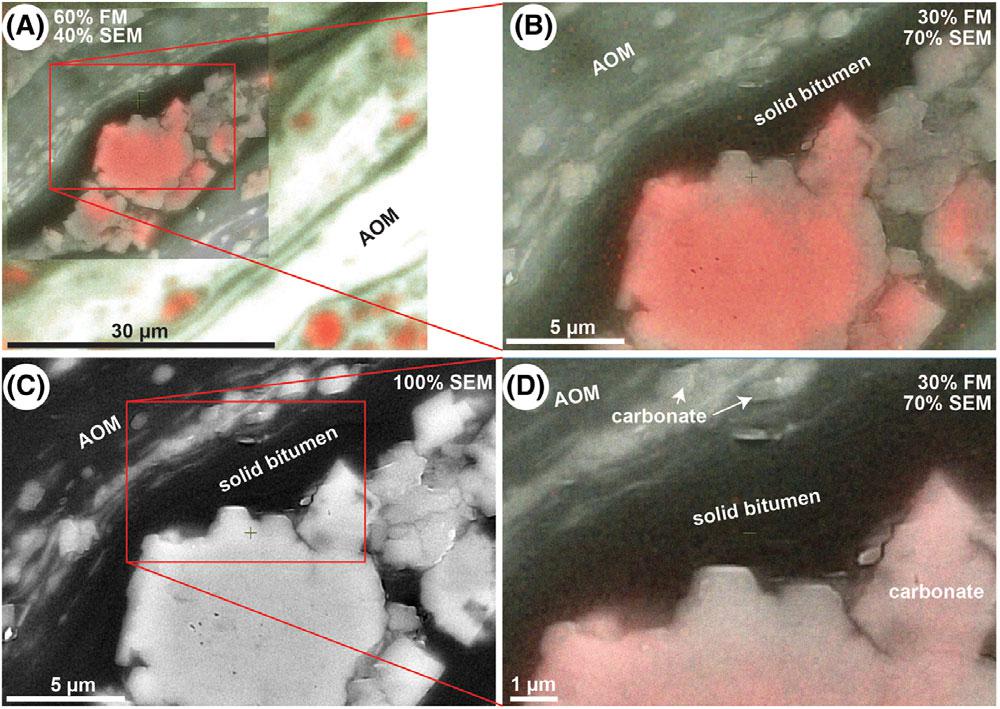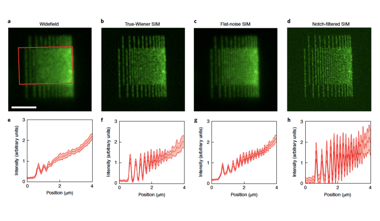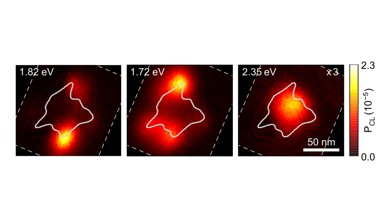To date, the most common applications for the SECOM integrated correlative light-electron microscopy system are in cellular biology and medical research. However, a recent paper published in the Journal of Microscopy demonstrates a novel application for iCLEM in imaging sedimentary organic matter.
This research was conducted using the SECOM system to obtain conclusive data on different organic matter types on shale. Organic matter types could be identified based on their fluorescence response, while the scanning electron microscope collected high-resolution data on their structure. Correlative approaches have been used in similar studies in the past, except these were conducted on separate instruments. This brought with it additional challenges such as the need for reorientation on the sample and potential damage to the sample in between measurements.
The setup of the iCLEM system is such that top-down electron microscopy was performed using both backscatter and secondary electron detectors, while bottom-up fluorescence imaging is performed simultaneously with the sample located in the middle of the two microscopes. For one of the samples, this same system was used to detect cathodoluminescence emission. This revealed information about diagenetic interactions and porosity evolution, which would not be possible using data from a single instrument.
This research attests to the versality of the SECOM system, being able to perform a range of measurements for a growing number of applications. The open-source article can be read here.
.png)






